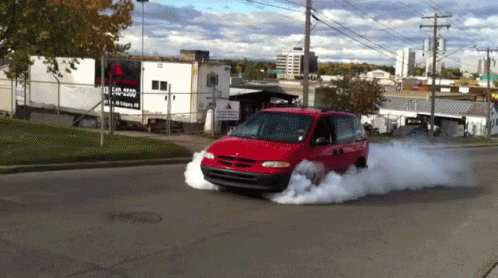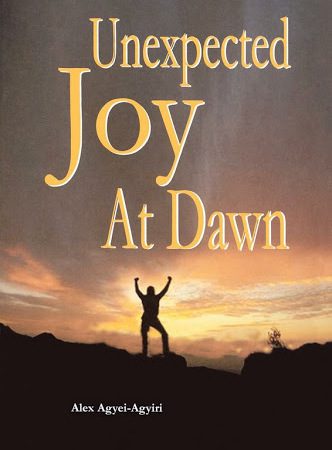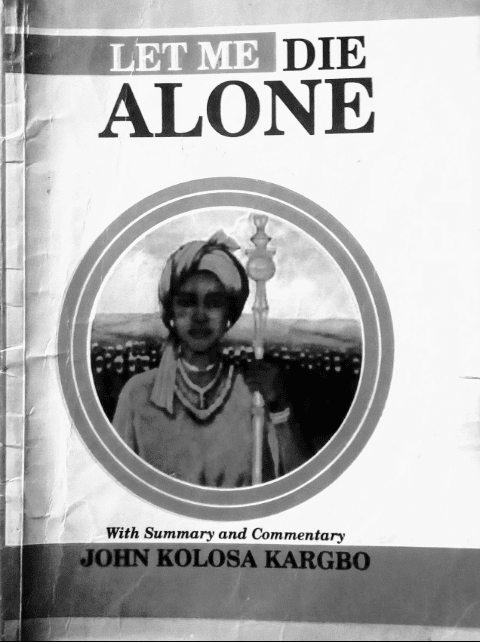Analysis
In Nigeria where Chibuike Onu, the poet, comes from, the government civil service is highly sought. Only that it is hard to get yourself into the civil service, partly because qualified hands outnumber in no small way the available jobs and mostly because these government jobs have been compromised, just as the parlance goes, you need to know someone that knows someone to get government job, or simply put, you need to have long legs. The civil service offers its employees job security and remuneration at the end of their service to compensate for the troubles taken to get the job and the in-service rigours.
Read Poem: A GOVERNMENT DRIVER ON HIS RETIREMENT
Our character in “A Government Driver on his Retirement” was in government service as a driver for the required thirty-five years. He went on a compulsory retirement afterwards. While in service, he had never for once flouted driving rules. He literally followed the ethics of his job. He got to his workplace early and tried not to drink on duty.
However, this changes upon his retirement. He celebrates his freedom from the confining rules working for the government placed on him. He rejoices becoming a master of his own. He organises a party where he drinks to stupor. At his workplace, he is gifted a brand new car for his meritorious service. Not putting in mind his drunken state, he drives himself home, has a fatal accident which takes his life. The euphoria of retirement and the freedom that accosted it cost him his life.
A Government Driver on His Retirement is a poem of thirty-three lines divided into six stanzas. Stanzas 1, 2, 4 and 5 have four lines each while Stanzas 3 and 6 have eight and nine lines respectively.
In Stanza 1 (Lines 1-4), a government driver “retires home” after years of “faithful service to his fatherland.” He holds a celebration for his retirement from service.
In Stanza 2 (Lines 5-8), he recalls the sacrifices he made while in service; “many years” “he pummeled his boozy throat in obedience to duty rules and regulations.” He avoided wetting his throat with alcohol while on duty so he could keep up with the ethics of his job. He announces his imminent emergence from government service “a freeman”, “eligible for his country services” – perhaps politics or a private business. By inference, he believes the restrictions bestowed on him a servile position.
In Stanza 3 (Lines 9-16), he calls on his friends to rejoice with him. He boasts he would drink and drive himself home, in deviance of the driving rule that is in traverse with drinking while driving or driving while drunk. He is a master of himself now. He would no longer rush to work to resume duty, a habitual thing he had done for “thirty-five years of faithful service.” He would booze to sleep all his sufferings. He also admits he had always longed for his day of retirement to exercise all his liberties.
In Stanza 4 (Lines 17-20), his colleagues gift him “a brand new car” in appreciation of his long years of meritorious service to his fatherland.
In Stanza 5 (Lines 21-24), he rejoices with his friends even more. He acknowledges his retirement as his emancipation (from servitude) and the gift as the reward for his patience.
In Stanza 6 (Lines 25-33), “he boozed and boozed”, rejoicing his newly found freedom. His drunken state affects “his vision and clear judgment” on his way home in his brand new car. He has an auto-crash which “sent him home . . . to rest in peace.”
The retired government driver misuses his freedom and meets his doom. Thus, freedom is good, but unpiloted freedom is disastrous.
Poetic Devices
Some of the prominent figures of speech in the poem include synecdoche, alliteration, anadiplosis, parallelism, onomatopoeia, personification, pun and assonance.
- Synecdoche is a figure of speech in which a part is used to represent a whole. This is deployed in lines 1, 5, and 29 where steering “wheels” are used to represent vehicles the driver had driven, and “boozy throat” used to represent the government driver and his implied suppression of his love for alcohol or his fight to maintain focus while drunk on duty.
- Alliteration is the repetition of consonants at the beginning of two or more words in a line of poetry. This occurred severally in Chibuike Onu’s “A Government Driver on His Retirement”. It is used in lines 2, 3, 4, 5, 6, 7, 13, 15, 17, 18, 22, 23, 25, 26, 27, 28, 29, 30, 31 and 32: “faithful … fatherland”; “he home”; “he holds”; “has he … his”; “rules and regulations”; “he’ll go home”; “to duty tomorrow”; “sleep … sufferings”; “him … home”; “new … name”; “Joy till no more joy to joy”; “make … me”; “boozed … boozed”; “celebrating … celebration”; “faithful … fatherland”; “he battled with his bottle booze”; “on his way home … wheels”; “booze … boozed”; “he boomed his brand new car”; and “sent him home”.
- Anadiplosis is a figure of speech in which a word or phrase used at the end of an expression is repeated near the beginning of the next expression. Anadiplosis occurs in between lines 32 to 33: “And it sent him home/Home to rest in peace.”
- Parallelism is the juxtaposition of two or more identical or equivalent syntactic constructions, especially the same sentiment with slight modifications, introduced for rhetorical effect. There is parallelism in the lines 2 and 6 of the poem: “In faithful service to his fatherland/ In obedience to duty rules and regulations.” These two lines are prepositional phrases both introduced by “in” while noun phrases “faithful service to his fatherland” and “obedience to duty rules and regulations” are the objects of each preposition.
- Onomatopoeia is the property of a word of sounding like what it represents. “Zoom” and “boom” used severally in the poem fall within this category; the former suggesting the humming noise of a car moving very fast and the latter suggesting the sound of an explosion.
- Personification is the bestowal of human attribute or action to an animal or inanimate thing not capable of possessing or doing it. It is deployed in lines 23 and 32: “Today frees and makes me a king”; and “And it (car) sent him home”.
- Pun is a type of wordplay in which similar senses or sounds of two words or phrases, or different senses of the same word, are deliberately confused. The poet deliberately played on the meanings of the word, “home”. Up till line 29, “home” retains the meaning of the driver’s dwelling place. However, in the last two lines of the poem, there is a shift in meaning as “home” becomes the grave; a place of eternal rest.
- Assonance is the repetition of similar or identical vowel sounds. There is an instance of assonance in line 10: “booze and zoom”.
 WHATSAPP: Click HERE to join the new Literature PADI WhatsApp group to receive latest updates on your phone and for further literary discussions!
WHATSAPP: Click HERE to join the new Literature PADI WhatsApp group to receive latest updates on your phone and for further literary discussions!










Good job. I want to add that other devices used by the poet are Euphemism (the last two lines), Inversion (lines 3 and 4),Synaesthesia (line 20),Imagery and Metaphor.
What a brilliant, detailed, clear and almost an impeccable poetic analysis. I love this. I also write poems and I wish they get published nationally someday.
This is very impressive! I’m proud you boss! You’ve done marvelously well!
Nice! I like this.
A good work done.
But I think the used of wheels for the government driver is metonymy rather synecdoche. If the wheels represented the car, then the synecdoche would have been fine.
The boozy throat is on point.
Thanks.
The latter seems to be the case. Ordinarily, the wheel referred to here is the vehicle’s steering, a basic part of the vehicle. It’s still within the purview of synecdoche as it represents the entire vehicle.
Thanks for your contribution, Charles.
I don’t understand how stanza five and three have nine lines what I’m seeing is four lines and stanza six has nine lines while stanza three have six lines.
There’s probably a mix-up somewhere. I would however recommend you go through the poem to clear the air of confusion: Poem: A GOVERNMENT DRIVER ON HIS RETIREMENT by Chibuike Onu
A Government Driver on His Retirement is a poem of thirty-three lines divided into six stanzas. Stanzas 1, 2, 4 and 5 have four lines each while Stanzas 3 and 6 have eight and nine lines respectively.
Good job, well done
Comments are closed.